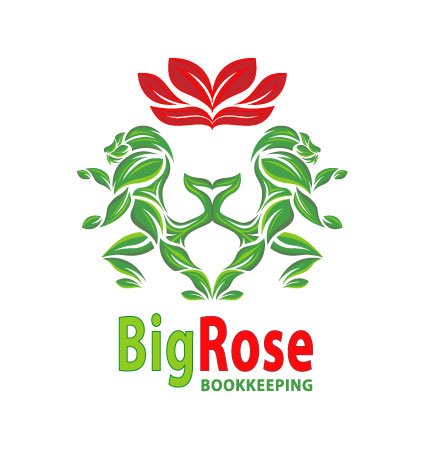Financial Literacy: Understanding Key Financial Terms
Financial literacy is a critical skill, whether you're managing personal finances or running a business. To celebrate Financial Literacy Month for November 2024, let's explore some foundational financial terms that everyone should understand. These concepts are the building blocks of financial decision-making and can empower you to take control of your economic future.
What is an Asset?
An asset is anything of economic value that you own. Assets can take many forms, including:
Cash: The simplest and most liquid form of an asset.
Tangible Properties: Land, buildings, equipment, or personal items like a car.
Intellectual Property: Non-physical assets like patents, trademarks, or copyrights.
Knowing your assets is the first step to understanding your net worth and making strategic financial decisions.
Cash Flow: The Lifeblood of Business
Cash flow represents the total movement of money into and out of a business or household. It consists of:
Inflow: Revenue generated from sales, investments, or other income sources.
Outflow: Money spent on expenses such as rent, salaries, or supplies.
Positive cash flow means you're earning more than you're spending, while negative cash flow indicates the opposite. Monitoring cash flow is essential for financial stability and growth.
Understanding Liabilities
Liabilities are debts or obligations you owe to others. These could range from a personal loan from a friend to a formal business loan. For example:
Personal liabilities might include credit card debt or a mortgage.
Business liabilities could be a loan used to launch or expand a company.
Managing liabilities effectively is key to maintaining healthy finances and avoiding financial stress.
Overhead: The Hidden Costs of Business
Overhead refers to the expenses that aren't directly tied to producing a product or service but are necessary for operations. Examples include:
Office rent and utilities
Administrative salaries
Marketing costs
Understanding overhead helps businesses set accurate pricing and maintain profitability.
Why These Terms Matter
These financial concepts aren’t just jargon—they’re tools to help you better understand and navigate your financial landscape. By grasping the meaning of assets, cash flow, liabilities, and overhead, you can make more informed decisions and set a strong foundation for financial success. To better understand Financial Literacy, we encourage you to flip through our E-Book on the subject. It’s FREE!
This Financial Literacy Month, take the time to review your finances, identify your assets, track your cash flow, and manage your liabilities. The better you understand these terms, the more empowered you’ll feel to achieve your goals.
Let’s make this month a stepping stone toward greater financial awareness and success!

